Documents
This section features public documents and files uploaded by the stakeholders and custodians of the Caspian Sea environment.
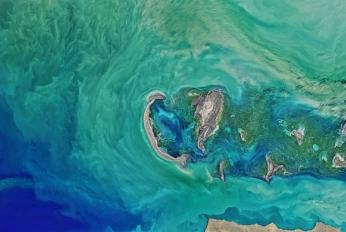 Article - Impact of the Alien Species Mnemiopsis leidyi A. Agassiz, 1865 on Fish of the Caspian SeaMon, 16/07/2018 - 15:13The data of long-term ecological studies (1999–2014) are used for assessing the impact of a new Caspian invader Mnemiopsis leidyi A. Agassiz, 1865 on marine and anadromous fish species. The introduction of the ctenophore and its massive development in the Caspian Sea have mainly affected planktophagous fish, especially the m
Article - Impact of the Alien Species Mnemiopsis leidyi A. Agassiz, 1865 on Fish of the Caspian SeaMon, 16/07/2018 - 15:13The data of long-term ecological studies (1999–2014) are used for assessing the impact of a new Caspian invader Mnemiopsis leidyi A. Agassiz, 1865 on marine and anadromous fish species. The introduction of the ctenophore and its massive development in the Caspian Sea have mainly affected planktophagous fish, especially the m
- Description
The data of long-term ecological studies (1999–2014) are used for assessing the impact of a new Caspian invader Mnemiopsis leidyi A. Agassiz, 1865 on marine and anadromous fish species. The introduction of the ctenophore and its massive development in the Caspian Sea have mainly affected planktophagous fish, especially the most abundant species anchovy sprat (Clupeonella engrauliformis Borodin, 1904) and sturgeons (Family Acipenseridae). Mnemiopsis leidyi is one of the main negative factors preventing the restoration of the populations of Caspian fishes, especially anchovy tyulka. The critical state of the resources of the spawning parts of sturgeon populations (Family Acipenseridae) has been reinforced as a result of the massive development of M. leidyi.
- Attached documents
- Metadata
- Year
- 2018
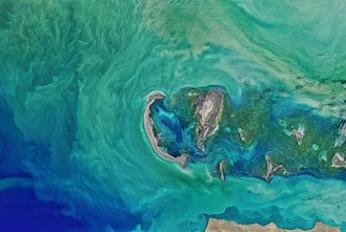 Article - Review of pollution sources and controls in Caspian Sea regionMon, 23/04/2018 - 18:24Daily extractions of crude oil and gas and transportation of them are the main pollution sources of the Caspian Sea. Many trucks for charring oil from ports along the Caspian Sea are considered as point and nonpoint sources along the seaboard. In addition, many ships, which are navigating in the Sea, are emitting pollution t
Article - Review of pollution sources and controls in Caspian Sea regionMon, 23/04/2018 - 18:24Daily extractions of crude oil and gas and transportation of them are the main pollution sources of the Caspian Sea. Many trucks for charring oil from ports along the Caspian Sea are considered as point and nonpoint sources along the seaboard. In addition, many ships, which are navigating in the Sea, are emitting pollution t
- Description
Daily extractions of crude oil and gas and transportation of them are the main pollution sources of the Caspian Sea. Many trucks for charring oil from ports along the Caspian Sea are considered as point and nonpoint sources along the seaboard. In addition, many ships, which are navigating in the Sea, are emitting pollution to the Sea. Many cities and industries surround the Caspian Sea. Pollution from these cities and industries enter the Caspian Sea either directly or through rivers. The purpose of this paper is to look at the benefits of environmental management strategies in pollution prevention such as waste minimization and clean technologies. This minimizes the environmental problems due to waste generation and eliminates the cost of treatment and disposal of the waste. The benefits of the environmental management program along the Caspian Sea will ensure the clean water and the better environment of the Sea.
- Attached documents
- Metadata
- Year
- 2009
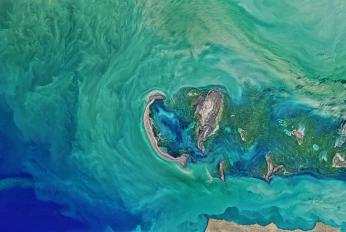 Article - Review of the status of invasive species, with special focus on the most invasive species Mnemiopsis leidyi A.Agassiz, 1865 and their effects on the Caspian ecosystemSun, 22/04/2018 - 16:13The main focus of review: To determine the Status of invasive species with special attention to the most aggressive invader Mnemiopsis leidyi in the Caspian Sea. Objectives: 1. To assess vectors, pathways of invasive species introduction, their composition and their role in the Caspian ecosystem. 2. To analyze seasonal an
Article - Review of the status of invasive species, with special focus on the most invasive species Mnemiopsis leidyi A.Agassiz, 1865 and their effects on the Caspian ecosystemSun, 22/04/2018 - 16:13The main focus of review: To determine the Status of invasive species with special attention to the most aggressive invader Mnemiopsis leidyi in the Caspian Sea. Objectives: 1. To assess vectors, pathways of invasive species introduction, their composition and their role in the Caspian ecosystem. 2. To analyze seasonal an
- Description
The main focus of review: To determine the Status of invasive species with special attention to the most aggressive invader Mnemiopsis leidyi in the Caspian Sea.
Objectives:
1. To assess vectors, pathways of invasive species introduction, their composition and their role in the Caspian ecosystem.
2. To analyze seasonal and interannual dynamics of the Mnemiopsis leidyi population in the all areas of the Caspian Sea; its impacts on the Caspian ecosystem including food recourses (zooplankton) and fish stocks along with other emerging environmental threats such as increased nutrient load from the coast, structural and quantitative changes in phyto-and-zooplankton communities, the appearance of harmful algal bloom (HAB) in the Southern Caspian.
3. To prepare recommendations for follow-up actions on invasive species management: - for the protection and control of the Caspian Sea from any sources of accidental invasive species introductions - for possibility of biological control of invader Mnemiopsis leidyi.
The primary source of this Review has been national reports from every of the five Caspian littoral countries, which included results of national observations of ecosystem state and biodiversity of the Caspian Sea. But due to fragmental data of the national observations on invasive species
- Attached documents
- Metadata
- Year
- 2011
Document
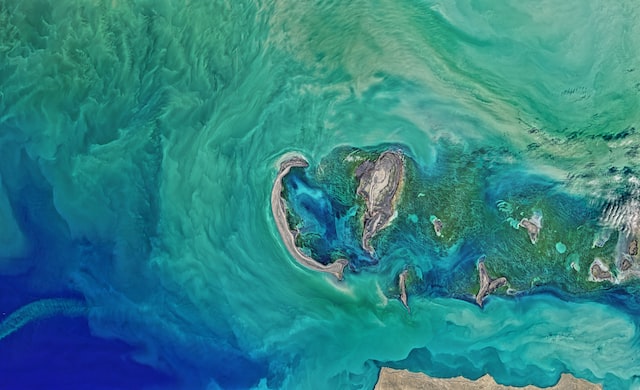
Article - Impact of the Alien Species Mnemiopsis leidyi A. Agassiz, 1865 on Fish of the Caspian Sea
Document
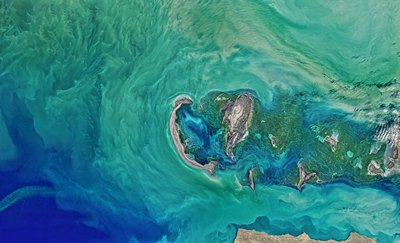
Article - Review of pollution sources and controls in Caspian Sea region
Document

